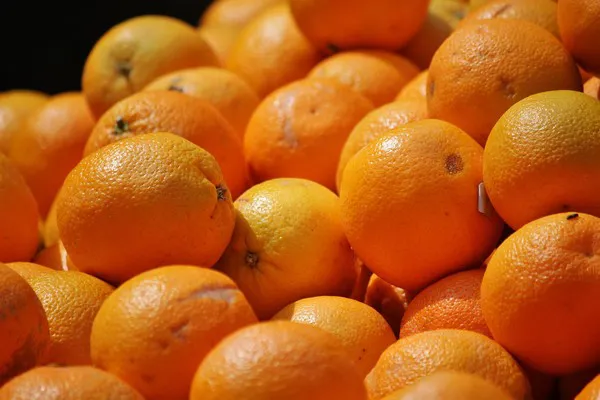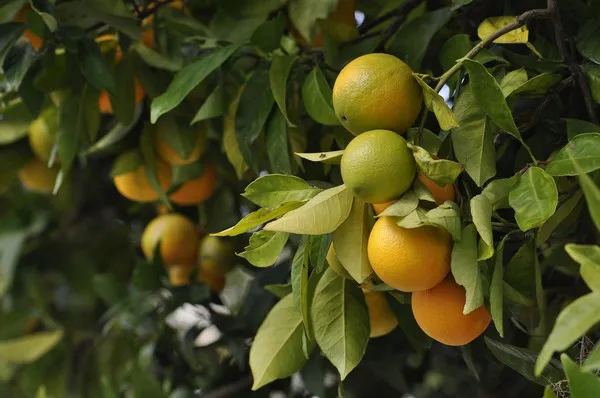Spain is the EU's largest producer of citrus fruits and the world's largest exporter of these fruits. "Our country produces about 7 million tons of citrus a year, nearly 600,000 tons of which are destined for the industry," an industry operator stated. "As we all know, this year there is a significant decrease in production that will affect the amount of fruit that the industry absorbs. In Spain, there are some specific projects that produce fruit exclusively for processing, attached to very particular contracts, but the industry generally takes all the fruit that cannot be marketed fresh."
"This represents approximately 10 to 30% of the production of a farm, so the industry usually always has access to that percentage. However, this year there is nearly almost 30% less orange so producers have had to destine the calibers they used to send to the industry to the fresh market. It's going to be a complicated campaign."

Last year the situation was completely different. “There was a significant saturation of the industry,” the operator stated. "The fresh market could not absorb all the fruit in a year in which productivity was enormous. Prices in the field were very low and many farmers left the oranges in the tree hoping to be able to market them at some more favorable time. The decrease in production is due to that, the weather in the 2022/23 campaign, and the trees' alternate bearing."
In Andalusia, for example, orange production is forecast to have a significant reduction in this campaign, driven by the nearly 40% decrease in the harvest expected in provinces such as Seville, which produces 44% of the sweet oranges of Andalusia.
“Brazil is the market leader in orange juice”
Orange juice is much more than a raw material in the field of export; it is a commodity that is traded on the futures market. "Brazil is the world leader in the production of orange juice and concentrate; the country has specialized in the industry and marks the global trend."
"It has an immense production capacity, and the market is in the hands of very few companies. To give us an idea of its magnitude, the country of Spain produces almost 7 million citrus fruits in total, which is the same amount that each of the two largest Brazilian citrus companies can control."

Spanish production is oriented towards fresh production and Europe in general is deficient in the production of orange juice. "As Europe's dependence on Brazilian juice grows, and since the average Spanish citrus producer has less than a couple of dozen hectares, there is a possibility of promoting this crop for the industry in a sustainable way, especially as the industries are increasingly focused on establishing profitable agreements."
"We cannot forget that the orange to make juice that is grown in Spain has high organoleptic qualities and absolutely all the European quality guarantees, both the one that is marketed fresh and the one for the industry."
